The post 10 Flower Photography Tips for Gorgeous Results appeared first on Digital Photography School. It was authored by Anne McKinnell.

Are you looking to capture stunning flower photography? You’ve come to the right place!
In this article, I’m going to take you through plenty of tips and tricks for gorgeous flower shots. Specifically, I’ll explain:
- The best light for flower photography
- A simple way to create a beautiful soft-focus effect
- My secret for amazing foregrounds
- Much more!
So if you’re ready to improve your photos, then let’s get started.
1. Photograph flowers on an overcast day
Did you know that overcast skies are perfect for photographing flowers?
It’s true. The soft light of an overcast day complements the delicate petals – plus, there are no shadows and no harsh bright spots, so you can get a nice, even exposure.
You need to be careful, however. Toward the beginning and end of a cloudy day, the light gets pretty limited, which leads to unwanted blur (especially when shooting at high magnifications). So aim to photograph at midday, then pack up before the sky gets too dark.

2. Backlight will make your flowers glow
As you learned in the previous section, clouds are great for flower photography. But what about clear days? Can you shoot when the sky is bright and cloudless?
Absolutely!
You see, another type of light that is excellent for flower photography is backlight. You get nice backlight when the sun is directly in front of you, lighting your flower from behind.
Because petals are translucent, backlight makes flowers glow, like this:

Try to photograph late in the day when the sun is close to the horizon; that way, the backlight will hit your flower petals directly, plus it’ll cast a nice, warm light over the rest of your image.
(You might even be able to catch some rays of light filtering through the trees!)
3. Watch out for wind
When photographing flowers, wind is your enemy. It’ll blow your subjects in every direction, which makes it annoyingly difficult to focus (and if you’re shooting with a slow shutter speed, it’ll introduce plenty of blur).
The easiest way to avoid wind? Do your photography early in the morning when the weather is still calm. And a little wind is manageable; just bring a piece of cardboard or a reflector, then hold it up next to your flower.
If you prefer not to get up early, or if you need to take photos on a windy day, you do have a second option:
Bring your flowers inside. You don’t need a complex studio setup to get beautiful shots indoors – just put the flowers near a window and find a solid backdrop to set behind them. I photographed the flower below by taking it inside and placing it in front of a white sheet:

4. Get closer
Here’s one of the easiest ways to create stunning, unique flower photos:
Get as close as you can.
You can do this a number of ways:
First, you can use a telephoto lens and zoom in on the flower. You’ll want to pay attention to the minimum focusing distance (MFD) of the lens because some lenses just can’t focus especially close. (The MFD is usually marked on the outside of the lens, though you can also look it up online.)
If you’re lucky, your telephoto lens will focus close, and you can use it for beautiful flower shots. But what if you can’t get as close as you’d like?
You have a couple of choices. You can use extension tubes, which mount on your camera and let the lens focus closer. Or you can use a close-up filter, which attaches to the end of your lens and works like a magnifying glass.
Honestly, both of these options come with pretty significant drawbacks; extension tubes are inconvenient, while close-up filters reduce image quality. Sure, they work, and if you’re just getting started with flower photography, either method will help you take interesting close-up shots. But if you want to really improve your images, I’d recommend a dedicated macro lens, which will let you capture intimate images without the need for accessories.

5. Use a reflector
Here’s a quick tip:
Shaded flowers can make for some stunning photos (especially when you combine a shaded subject and a well-lit background!).
But you’ll need to keep your flower relatively bright. So if your subject is in the shade, use a reflector to bounce some light (this will also make your flower more vibrant!).
6. Avoid a cluttered background
Here’s another quick piece of advice:
In flower photography, the background can make or break the image. A uniform background can look great – whereas a cluttered, distracting background will draw the eye and prevent the viewer from appreciating your main subject.
Before you hit the shutter button, ask yourself:
Does my background complement the flower? Or does it distract?
And if it does distract, try to change your position until the distractions are gone, and you’re left with nothing but a beautiful wash of color.
7. Use a shallow depth of field
Shallow depth of field flower photos can look great – but what is a shallow depth of field, and how do you achieve it?
A shallow depth of field features only a sliver of sharpness. So the flower stays sharp, but the background is blurred, like this:

To get a shallow depth of field, make sure to use a wide aperture (i.e., a low f-number) such as f/2.8 or f/4. And get as close as you can to your subject while also increasing the distance between the subject and the background.
8. Keep a part of your flower sharp
A shallow depth of field effect is great – but you’ll still need to keep at least part of the flower sharp so that your viewer’s eye has an anchor point.
So do what’s necessary to get a crisp image. If you’re shooting in good light, raise your shutter speed and focus carefully. If you’re shooting in poor light, use a tripod and a remote release to avoid camera shake.
Remember: Even if there doesn’t seem to be wind, flowers always move a little. So if your flower isn’t sharp, try raising the shutter speed a stop or two.
Finally, check your focus. If necessary, focus manually. Make sure you’ve nailed the most important parts of the flower, such as the petals and the flower center.
9. Change your point of view
If you’re after unique flower photos, don’t just take a standard shot. Instead, move around and try some different angles and focal lengths.
For instance, shoot the flower from behind or from below to capture an interesting point of view. You might also try shooting down from above, getting unusually up close and personal, or zooming out for a wider environmental image.

10. Focus through another flower
“Focusing through” is a popular technique among professional flower photographers, and for good reason:
It looks really, really cool, especially when you get a lot of colorful foreground blur.
Like this:

But how can you create such a compelling image? How do you get a nice foreground blur?
You simply find a flower you want to photograph, then adjust your position until another flower sits between the lens and the flower. (The closer the foreground flower is to the lens, the better the look.)
Ultimately, the secondary flower will become a blur of color, and your final image will have a more professional feel.
Tips to improve your flower photography: conclusion
Well, there you have it:
10 easy tips to take your flower photos to the next level.
Hopefully, at least one or two of the tips speaks to you – and you feel inspired to get out and start shooting!
Now over to you:
Do you have any flower photos you’re proud of? Which of these tips do you like the most? Share your thoughts (and images!) in the comments below.
The post 10 Flower Photography Tips for Gorgeous Results appeared first on Digital Photography School. It was authored by Anne McKinnell.

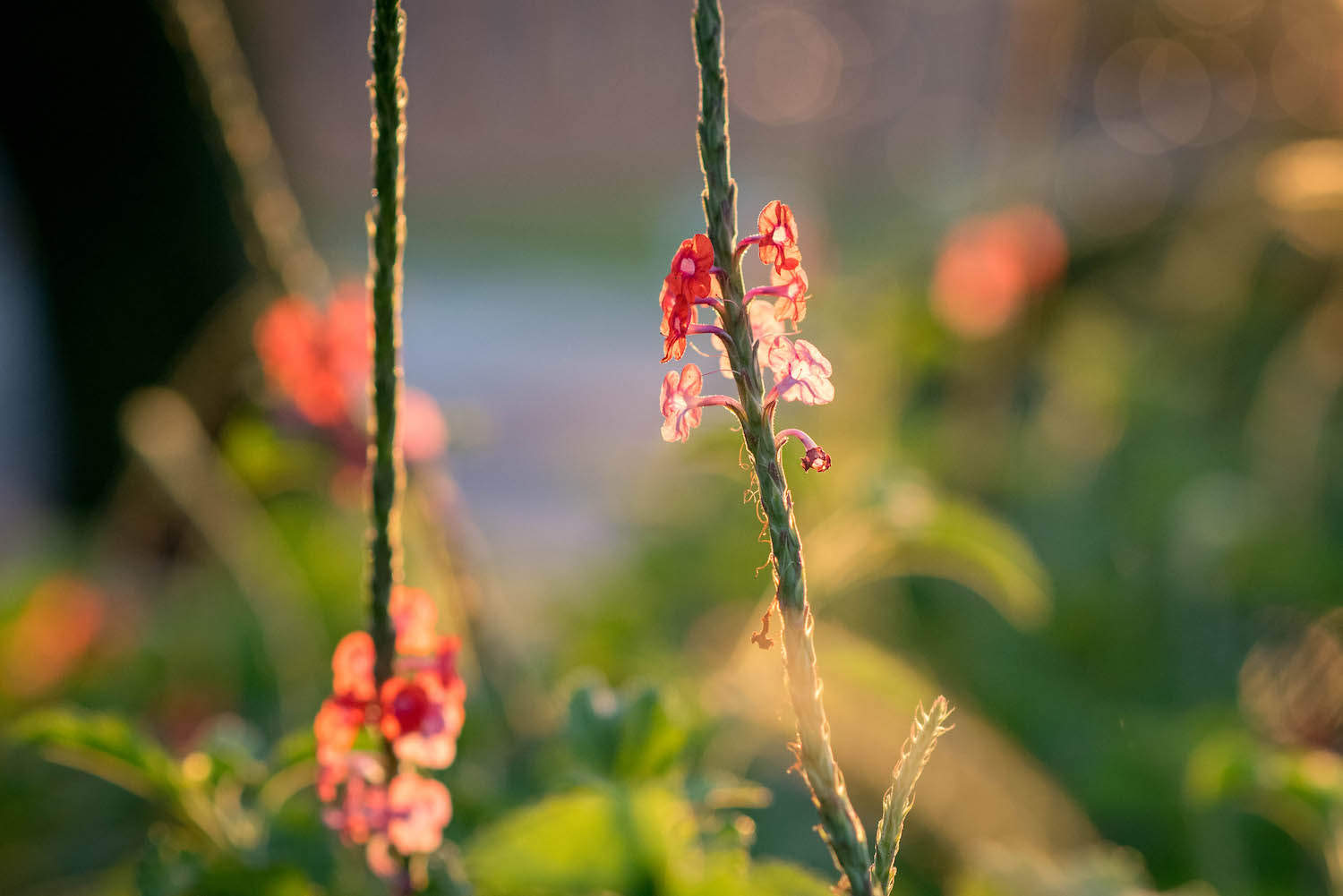






























































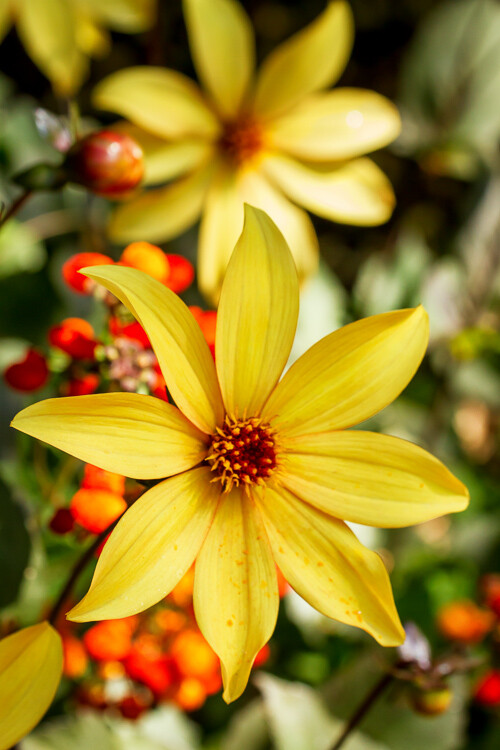


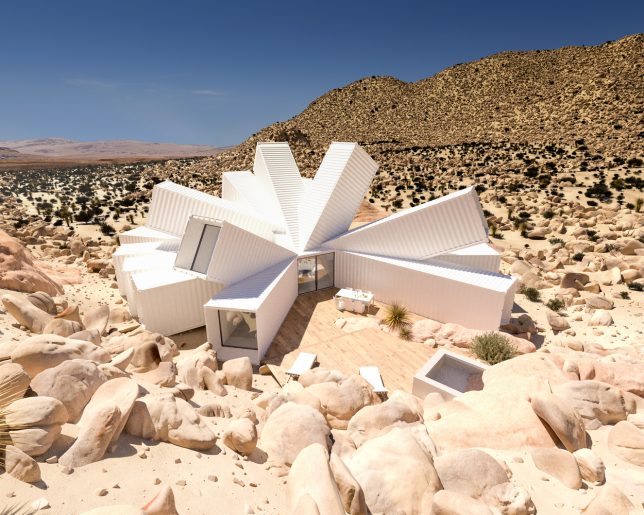
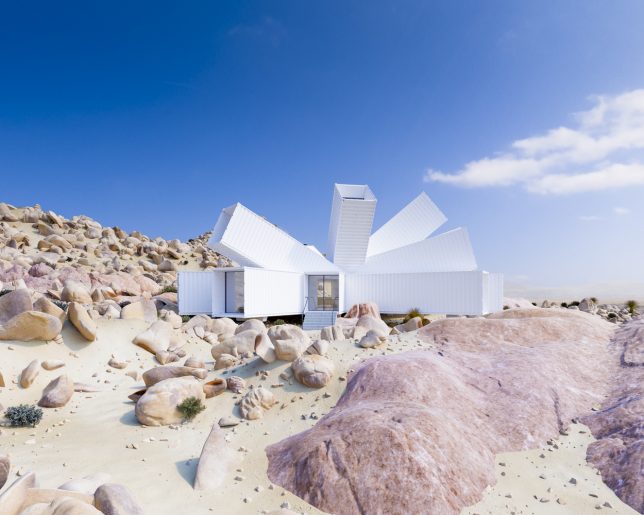
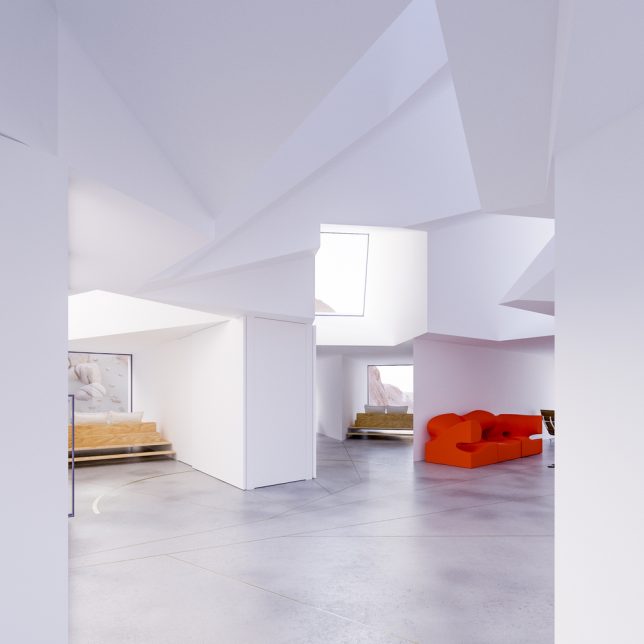


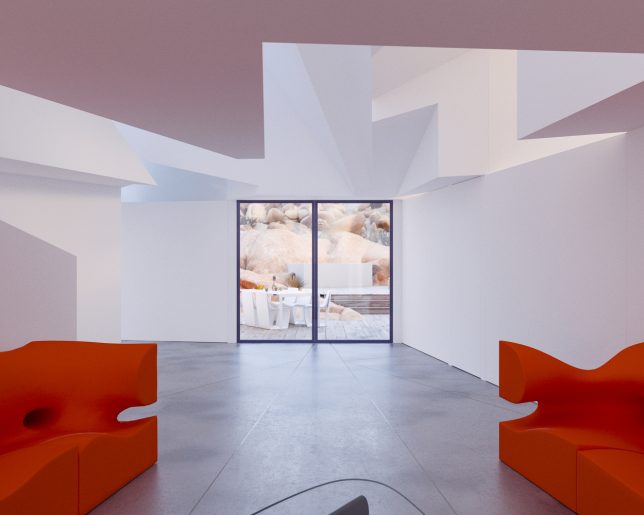

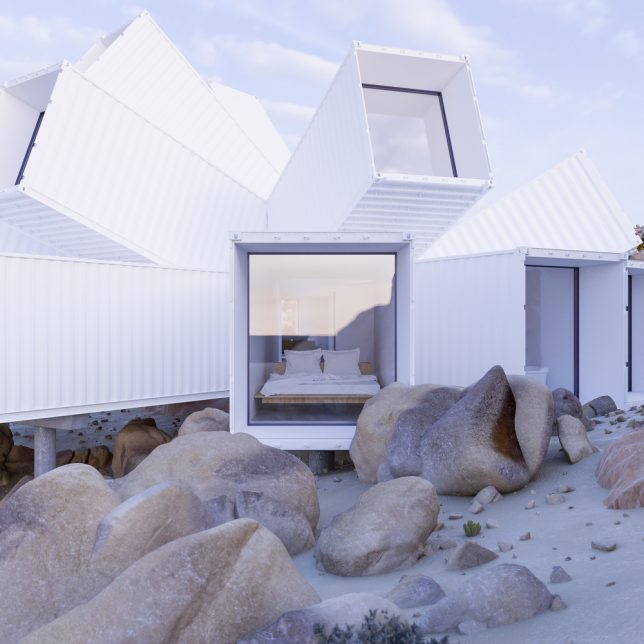






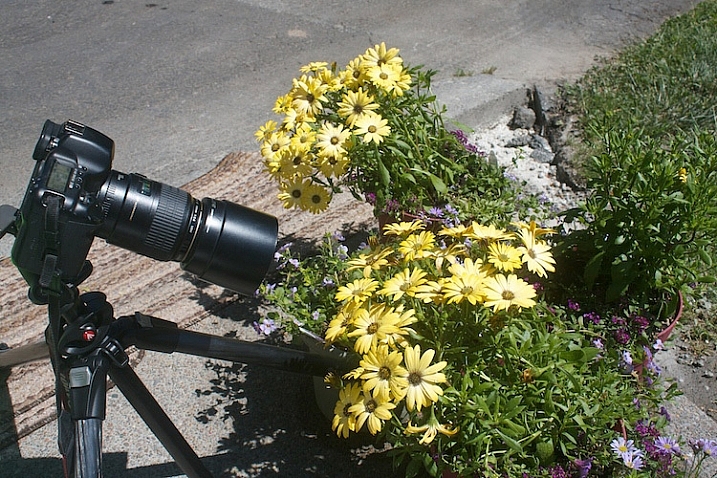
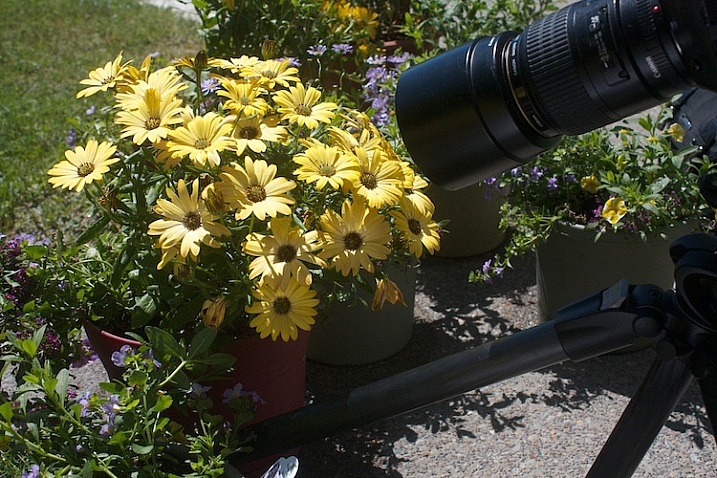
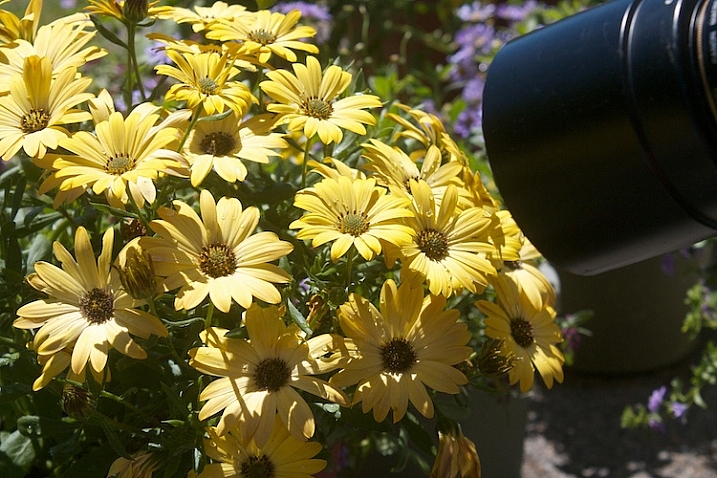
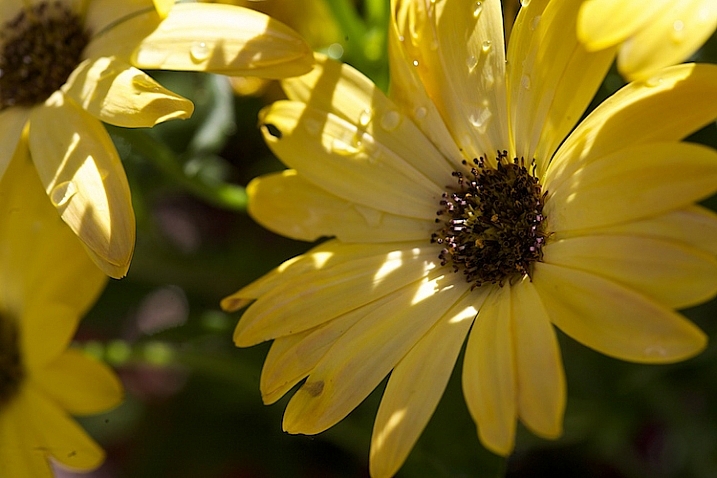

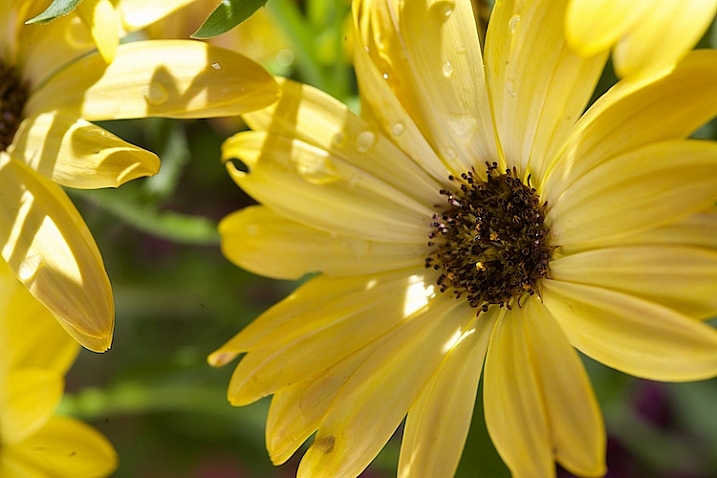
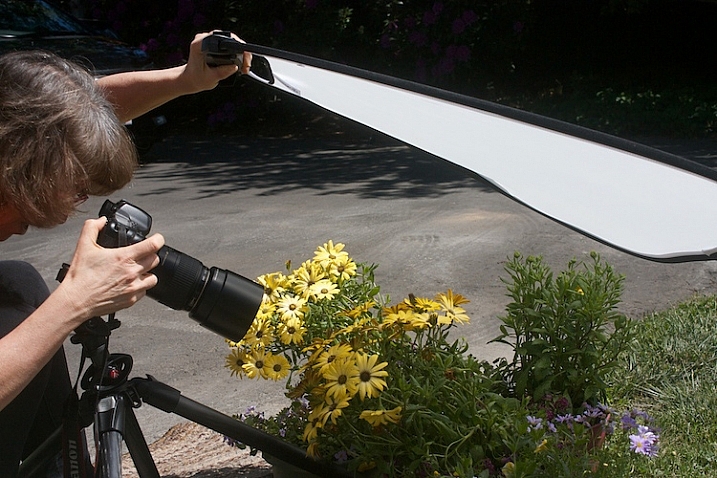

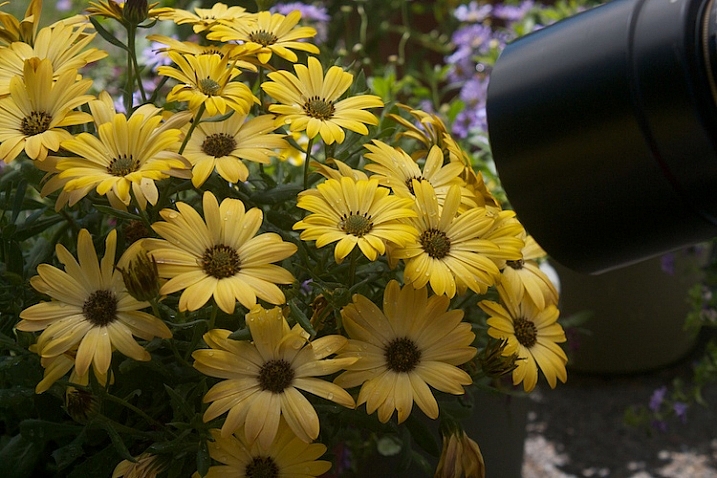
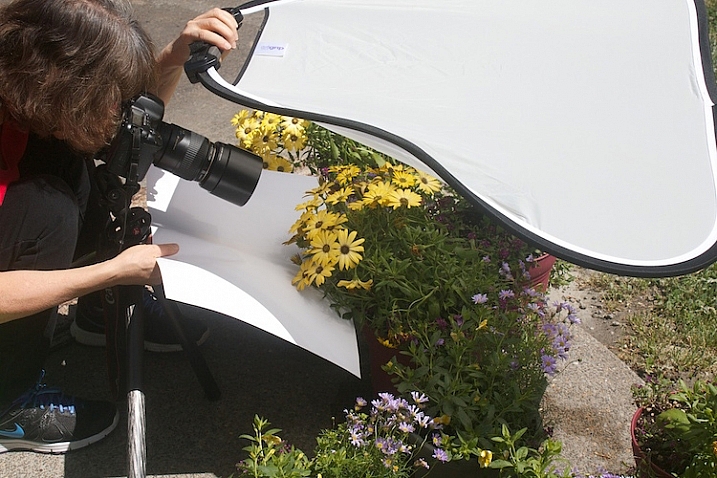
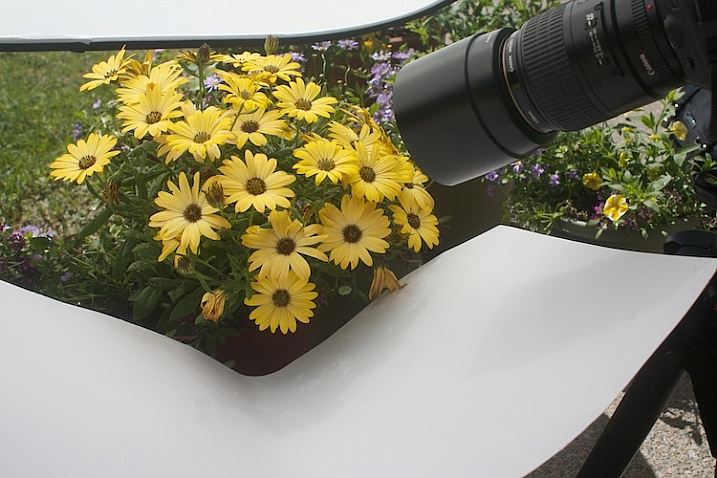
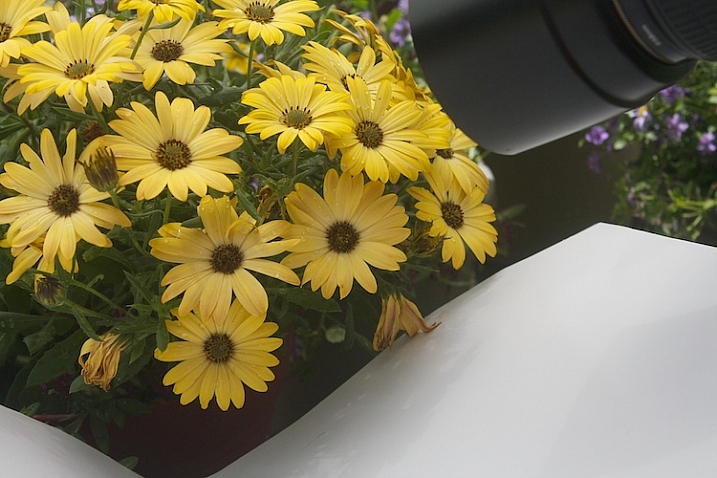
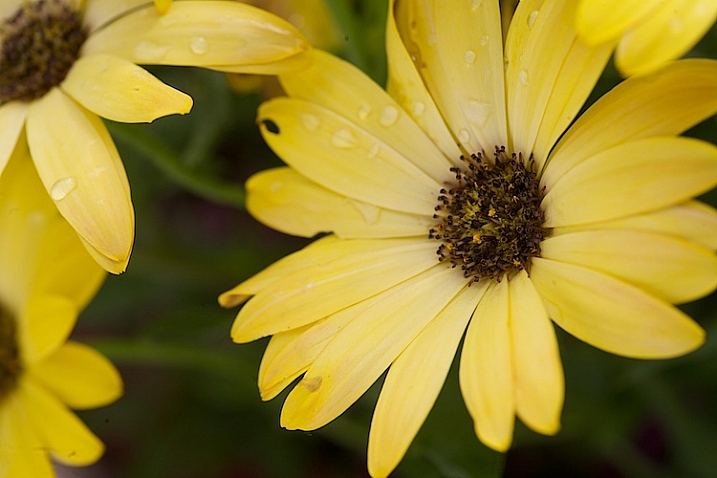
You must be logged in to post a comment.